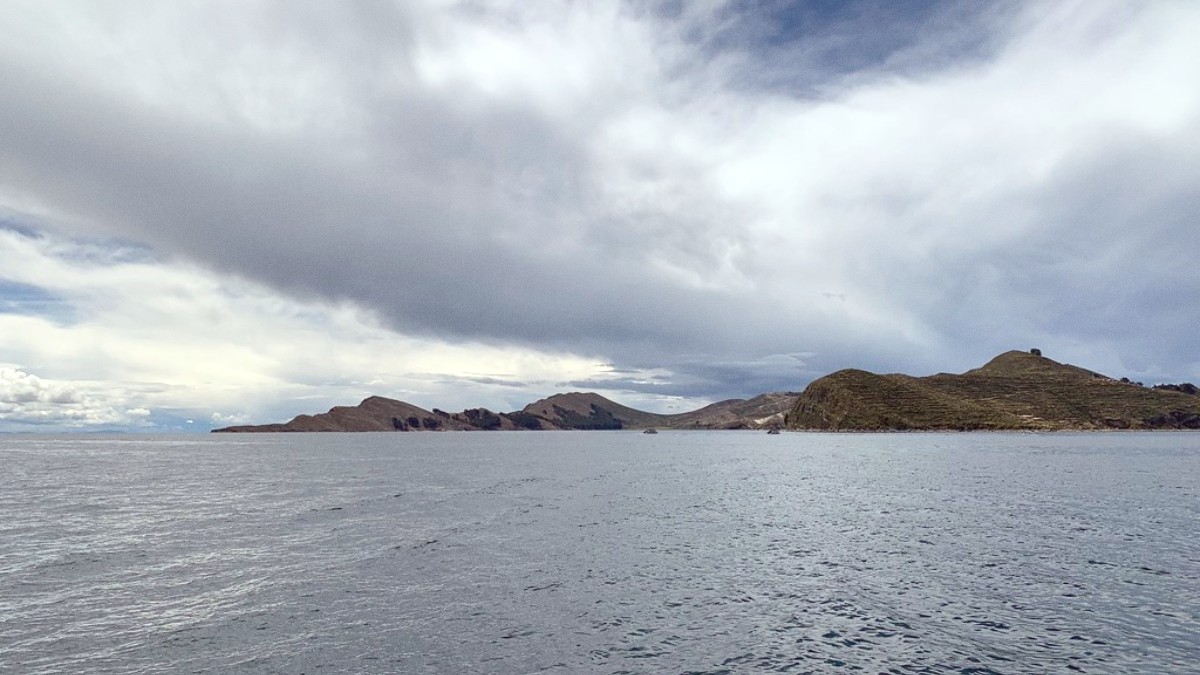
Bolivia
On Isla del Sol, there are no motorized public transit systems. All travel within Isla del Sol is either by foot, utilizing the extensive network of ancient trails and paths, or by local boat for transfers between the northern and southern ports.
In Copacabana, your gateway to Isla del Sol, the town is small and entirely walkable. You will not find or need a public bus system within the town itself. Everything from the bus terminal to the lakefront, the main square, and the Basilica is within easy walking distance.
Embrace walking as the main mode of transport. This is the only way to fully experience the island’s beauty and sacred sites. You might hike between the north and south ends.
Carry a physical map or download an offline map application (like Maps.me or Organic Maps) on your phone. This helps with navigation where internet service is unavailable.
Hiking the North-South trek can take 3-4 hours. Allow ample time and carry plenty of water and snacks, as opportunities for purchases are limited between villages.
Isla del Sol is entirely pedestrian, offering a network of trails and paths for exploration.
Self-guided treks are common, but local guides can be hired for insight into the island's history and culture.
Local boats can be hired for private transfers between Yumani and Challapampa, offering flexibility.
The island's terrain presents significant challenges for travelers with mobility needs.
Walking is the main and most rewarding way to experience Isla del Sol. Cycling is not a viable option.
All transportation and site fees on Isla del Sol require cash payments in Bolivian Bolivianos.
Boat schedules are flexible. Always reconfirm departure times with your guesthouse or at the dock a day before travel.
You will carry your luggage up steep paths; lighter bags make the journey much easier.
Navigating Isla del Sol is an experience in itself, mainly on foot.
The trails consist of ancient stone steps and dirt paths. Wear sturdy, broken-in hiking boots for ankle support.
Good Footwear Essential
Physical exertion at high altitude can be more tiring. Take frequent breaks and stay well-hydrated.
Pace Yourself
Lighting on the island is minimal after dark. Always carry a headlamp or flashlight for safe movement outside your guesthouse.
Carry a Headlamp
Isla del Sol offers an unique opportunity to step back in time and connect with ancient history and stunning nature. Your willingness to adapt to its simple infrastructure and embrace its car-free environment unlocks its true charm.
Use offline maps like Maps.me for trail navigation where internet access is limited or unavailable.
A headlamp is indispensable for safe movement after dark, as island lighting is minimal.
Engage respectfully with the local Aymara communities, who maintain the island's spiritual legacy.
Isla del Sol offers a profound journey, blending ancient history with stunning natural beauty. Respect its sacred status and pristine environment.
Your visit supports local communities and leaves you with enduring memories of an unique, timeless place.